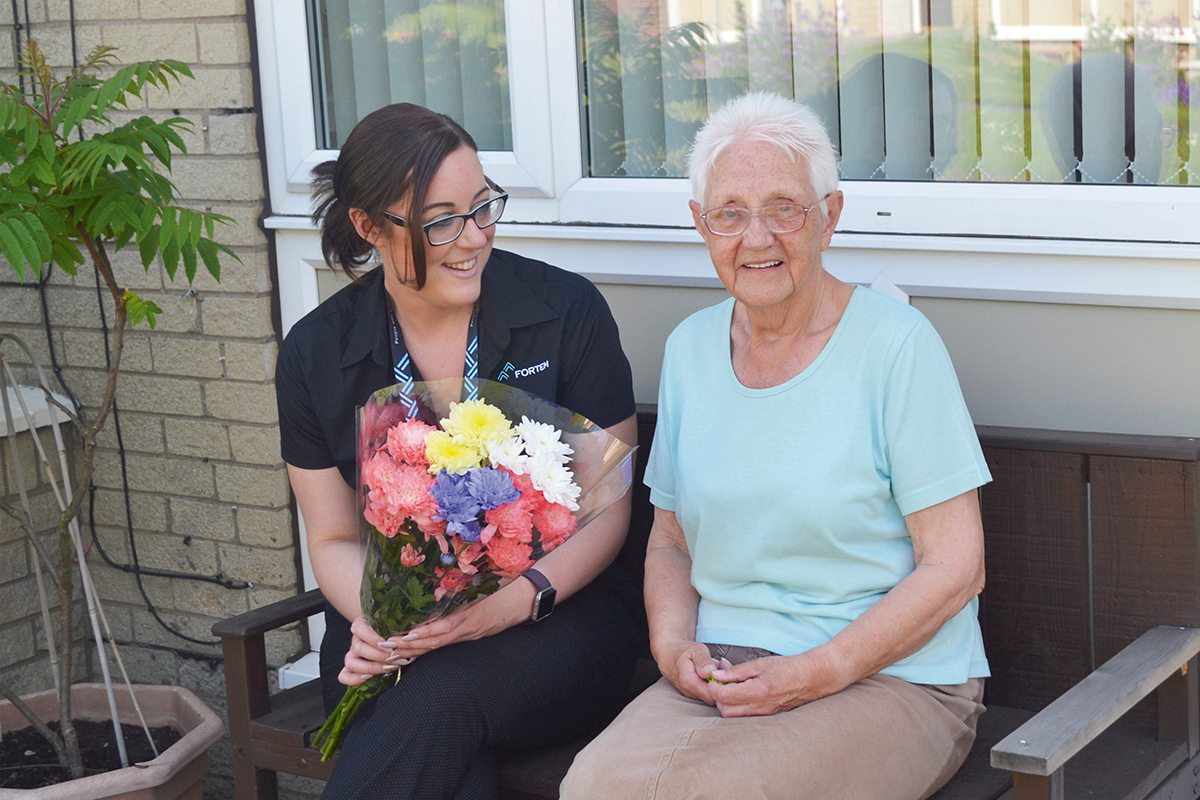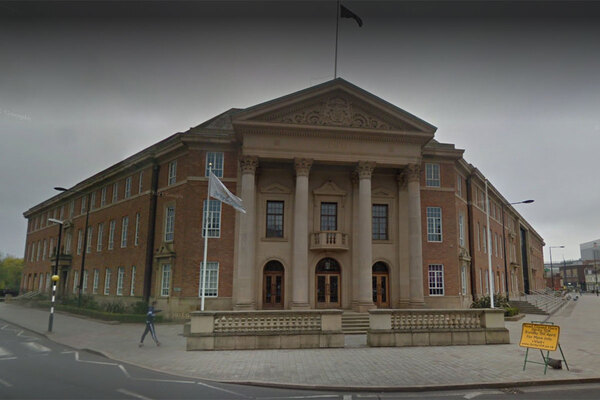Understanding each other is key to strong partnerships
Effective partnerships only work if both organisations pull in the same direction, says Dave Richmond of Hull City Council
On Christmas morning 2010, I was sitting in my mother-in-law’s bedroom holding a conference call with my colleagues at Rotherham Council and the branch manager of Willmott Dixon Partnerships (now Fortem).
A crisis had occurred in Rotherham a few days earlier: 2,600 domestic heating boilers ceased working as fluid in the condensate pipes froze in the extreme cold that preceded the winter break. Over the entire Christmas period, 5,000 calls were received by our call centre reporting boilers that had stopped working due to this problem. Many of our tenants faced a wretched festive period with limited, if any, heating or hot water.
But out on the estates of Swinton and Canklow, staff drawn from our partner branches across the country were doing their best to get round to every home – putting in place a temporary fix to get the boilers working and issuing emergency heating units in case of repetition. This was ongoing for 10 days and the vast majority of affected tenants were then able to sit down to dinner in warmth and enjoy the festive period.
Shared values
It was at that point on 25 December 2010 I formed the view that contracts with our partners, which had only mobilised in November, were going to be a success. Why the snap judgement?
As in any form of life, no relationship, contractual or otherwise, is straight forward or simple and many things will influence success. However a few things seem to me to be fundamental.
First – and critically – effective collaborative working requires a shared value base; social housing is a business, and while sustainability dictates that basic economic principles have to be secured, it is nonetheless a social business and the interests of those who use our services have to be paramount.
A joint understanding that we are prepared to do all we can to deliver the best service for our tenants has to be the common denominator of any contractual social housing relationship. From the two contractual partners that Rotherham Council secured for its repairs and maintenance contract, we learned time and again that they were prepared to adapt and go beyond what was written in the contract to meet the council’s, and more importantly the tenants’, needs.
However, success depends not on contracts, but on people and the relationships they create. Every successful partnership needs an effective contract, but the point at which one starts to trawl the small print is the point of failure. All partners need to understand why they entered the contract and what they are prepared to do to make it work, and no contract, however well written, will account for all scenarios that are likely to be encountered. Nowhere in the Rotherham repairs and maintenance contract was there a clause that stated the contractor would bring staff from London and the Midlands to South Yorkshire on Christmas Day to resolve a problem that was not of their making. But in doing exactly that, Willmott Dixon enhanced the relationship several fold. It is the characteristics, attitudes and abilities of those who operate the contracts that make them succeed or fail.
Partners need a common understanding of each other’s operating environment and a willingness to make the relationship work for the other. This is not some form of modern day commercial altruism, rather it is an understanding that effective collaborative working requires a situation which enables one to pursue for the mutual good and one’s own self interest. In understanding and being clear about this, we can build relationships based on trust and integrity. Processes such as open book accounting enhance this understanding and allow partners to more readily understand how the other operates.
Effective collaboration is not built overnight – it requires time to forge the partnership and witness the benefit of repeated positive experiences of successful delivery. And when success doesn’t materialise, a willingness to confront problems jointly with honesty, understanding and a determination to address failings is required. The worst thing one can do when things don’t go right is to seek to bury the issue, hoping it won’t surface; it invariably will and trust will be eroded.
Partners need to approach relationships with an eye to the medium term. Repeated poor performance is not acceptable to anyone, but no form of collaborative working is without difficulties and partners need to be prepared to negotiate, compromise and sometimes concede a point so long as the contractual objectives are achieved.
Tangible benefits
This brings me to a related point: in any contractual negotiation there are always two things going on. As well as the discussion on the topic at hand, there is a critical issue being addressed about the nature of the relationship that is being created.
Success requires each party to feel that both issues are at least acceptable to them. There is no point in nailing down the best possible deal if your partner feels the methods employed to achieve it are intolerable.
I remember undertaking protracted negotiations with a contractor who was insisting on rates far worse than any industry standard, and rather than following the agreed route of arbitration, he chose to approach the council’s housing portfolio holder with a partial and misleading interpretation of the issue. He was pushing the issue as hard as he could but with no regard to the damage he was making to the working relationship.
Done well, collaborative commercial partnerships have the potential to add genuine value and deliver many tangible benefits for tenants. This is not just about cost or a partner’s ability to call on additional staffing resource on Christmas Day, but also their awareness of industry best practice gleaned from working across the country and their willingness to innovate and find better, more efficient or more appropriate ways to do things.
It may also be about offering services which are some distance removed from the contractors’ core purpose, gas fitters offering tenants advice on fuel poverty, or joiners being trained in adult and children safeguarding awareness, for example.
Of course it’s a two-way street, and it requires client organisations to come forward with ideas based on local need, to challenge, to strive and to be receptive and supportive. Successful collaboration requires like-minded partners.
Dave Richmond, city neighbourhoods and housing manager, Hull City Council
This article was written independently and was commissioned as part of a package sponsored by Fortem








